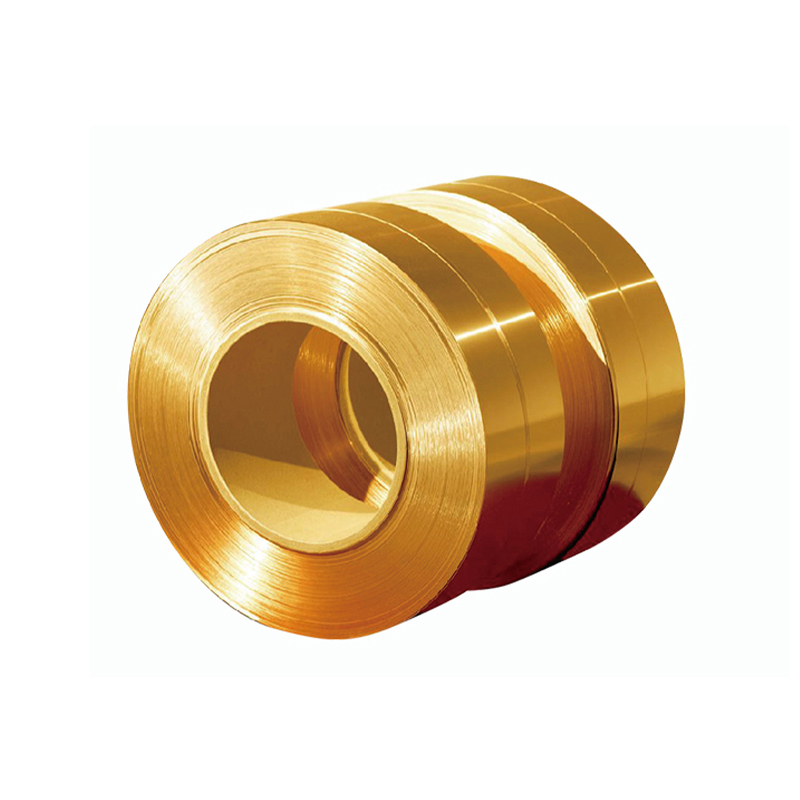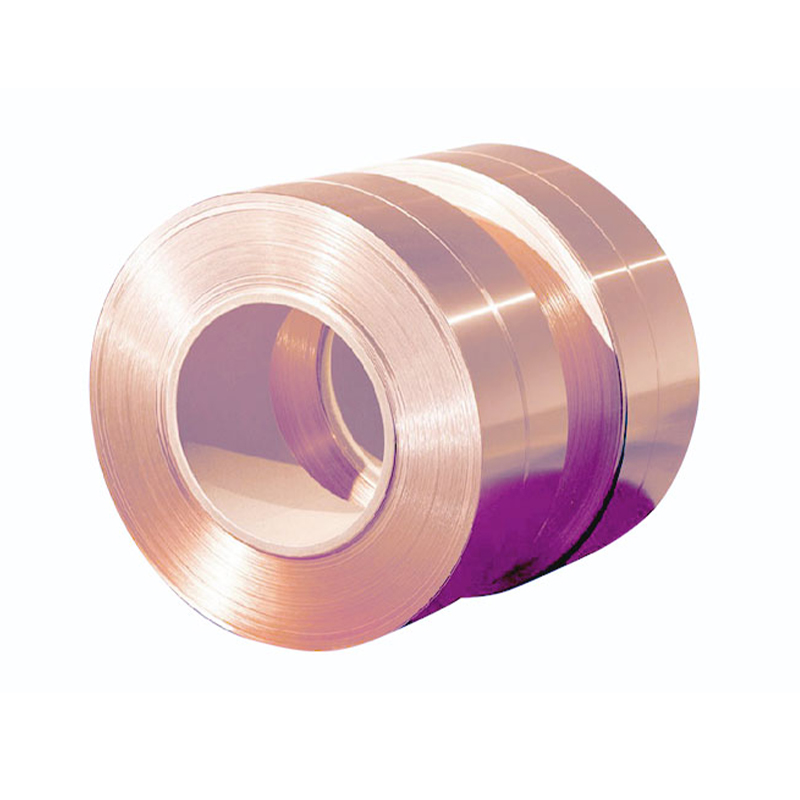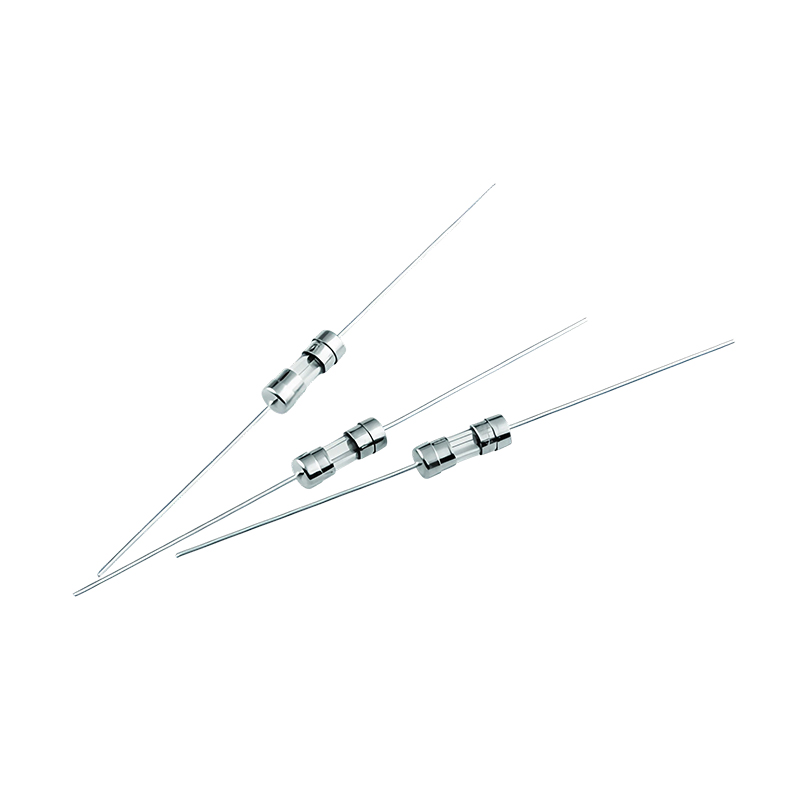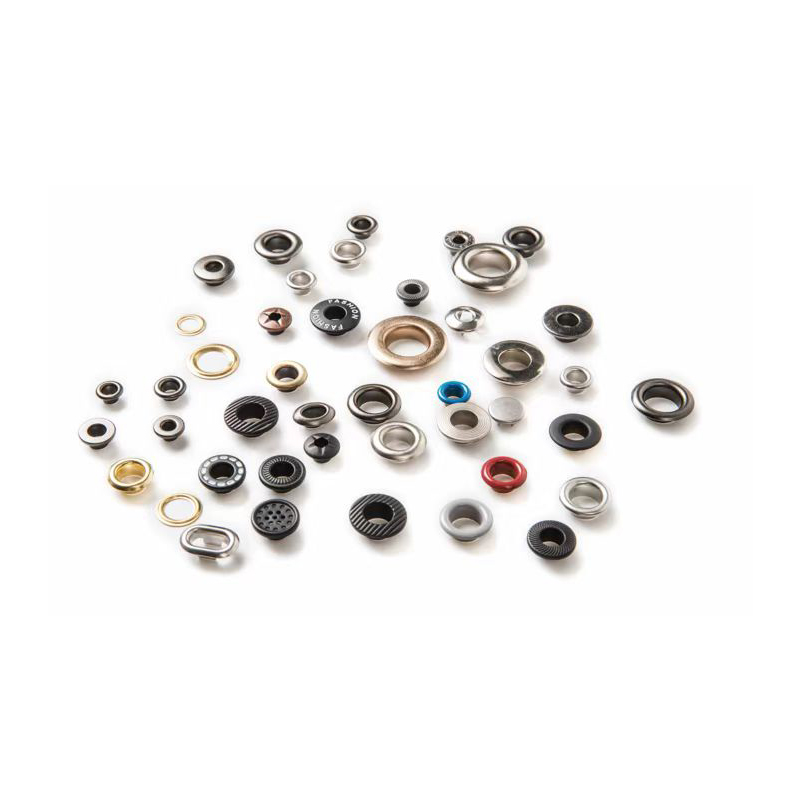What factors affect the resistance change rate of copper tape connectors in high temperature environments?
Release Time : 2025-09-25
The resistance change rate of copper tape connectors in high-temperature environments is influenced by multiple factors, which intertwine and determine the stability of their electrical performance. From a material perspective, copper's resistivity increases linearly with increasing temperature. This is because high temperatures intensify the thermal vibrations of the copper atomic lattice, increasing the frequency of collisions between free electrons and lattice ions during their directional migration, leading to an increase in resistivity. This intrinsic property underlies the resistance change of copper tape connectors. Especially under sustained high-temperature conditions, the cumulative increase in resistance can significantly affect the connector's electrical conductivity.
Oxidation on the contact surface is another key factor. At high temperatures, copper readily reacts with oxygen in the air to form oxides such as cuprous oxide. These oxides have significantly lower conductivity than pure copper. As the thickness of the oxide film increases, the contact resistance increases exponentially. For example, after 500 hours of testing at 220°C, the contact resistance of an uncoated copper tape connector may increase by more than 3%. While connectors coated with electrical compound grease can slow oxidation, the grease gradually evaporates at high temperatures, diminishing the protective effect and affecting resistance stability.
The impact of changes in contact pressure on the resistance change rate is also significant. Under high temperature conditions, differences in thermal expansion coefficients can lead to reduced contact pressure on copper tape connectors. Insufficient contact pressure makes it difficult to break through the oxide film or contaminants, forming an effective metal contact point, thereby increasing the film resistance. Furthermore, prolonged high temperatures can cause creep in the copper tape material, further weakening the contact pressure and creating a vicious cycle: reduced pressure leads to increased resistance, which in turn generates more Joule heating, ultimately accelerating material degradation.
The microscopic morphology of the contact surface also undergoes significant changes at high temperatures. Initially, the copper tape surface may have tiny protrusions or burrs. Under pressure, these structures create localized high-pressure areas, facilitating penetration of the oxide film. However, high temperatures accelerate the diffusion of copper atoms, reducing surface roughness and smoothing out the protrusions, reducing the effective contact area. Furthermore, high temperatures can induce fretting wear, especially in vibration environments. This can cause minute displacements on the contact surface, accelerating oxide accumulation and contact point degradation.
The performance evolution of electrical composite grease has a dual impact on the resistance change rate. On the one hand, compound grease fills microscopic gaps on the contact surface, expels air, and slows oxidation. On the other hand, its base oil gradually evaporates at high temperatures, causing the grease film to thin and unevenly distribute the metal particles. Tests show that after 500 hours of evaporation at 220°C, the compound grease's thickness decreases by over 10%, with some areas even drying out, widening the range of contact resistance fluctuations. Furthermore, the conductive particles in the compound grease may agglomerate at high temperatures, blocking the conductive pathways and further increasing resistance.
The coupling of mechanical and thermal stresses is also a significant factor. Copper tape connectors may be subjected to mechanical stresses such as bending and stretching during installation or operation. These stresses, combined with thermal stresses at high temperatures, can cause microcracks or deformation on the contact surface. For example, repeated thermal expansion and contraction can create gaps between the copper tape and the terminal, increasing contact resistance. High temperatures also reduce the material's yield strength, making the copper tape more susceptible to plastic deformation under mechanical stress and making it difficult to restore the original contact state.
The resistance change rate of a copper tape connector in a high-temperature environment is the result of multiple factors, including the material's intrinsic properties, oxidation reaction, contact pressure, micromorphology, compound grease properties, and mechanical stress. To reduce this resistance change rate, optimization is required in various aspects, including material selection, surface treatment, structural design, protective coatings, and installation processes. For example, selecting high-temperature-resistant alloys, applying gold or silver plating to enhance oxidation resistance, optimizing contact pressure distribution, and using high-performance compound grease can effectively improve the electrical stability of copper tape connectors in high-temperature conditions.







